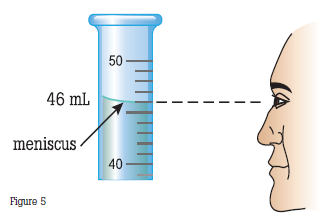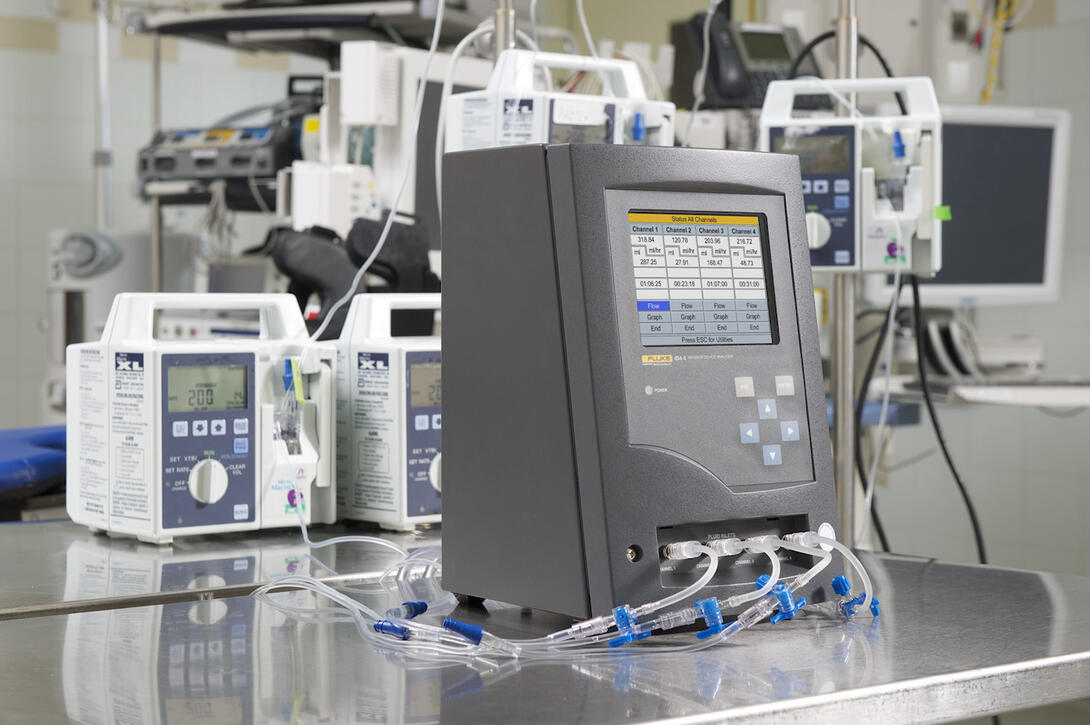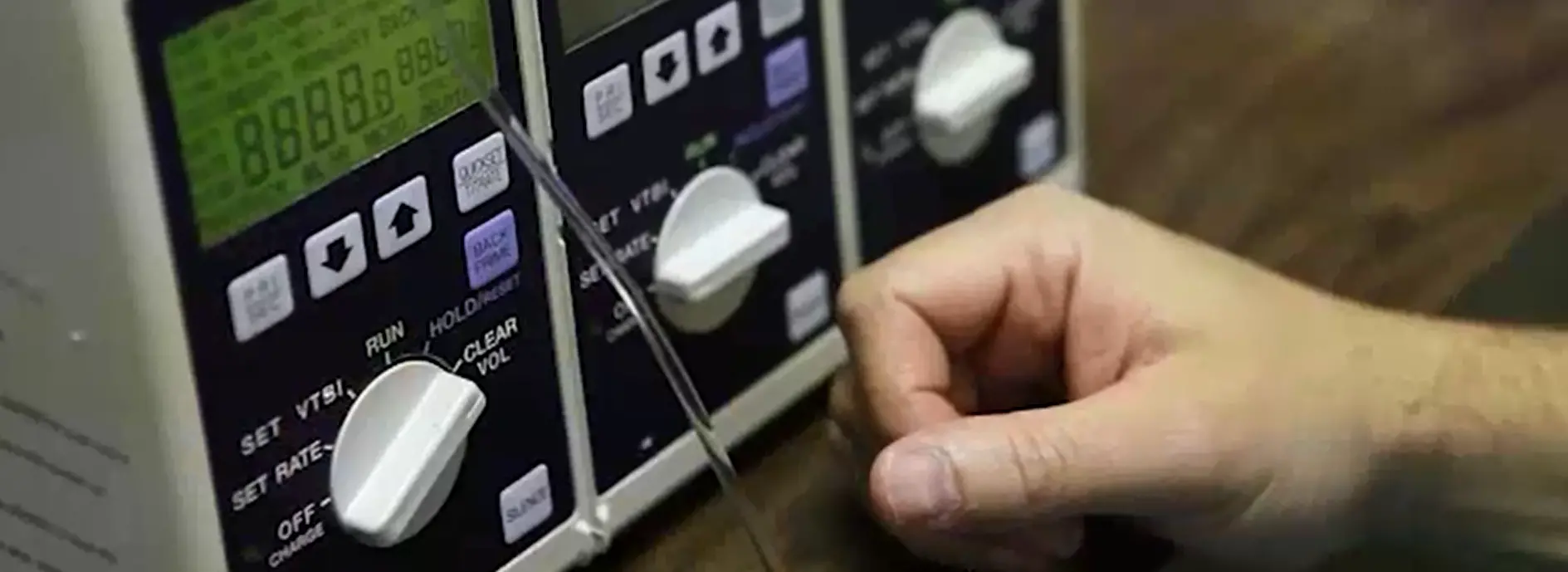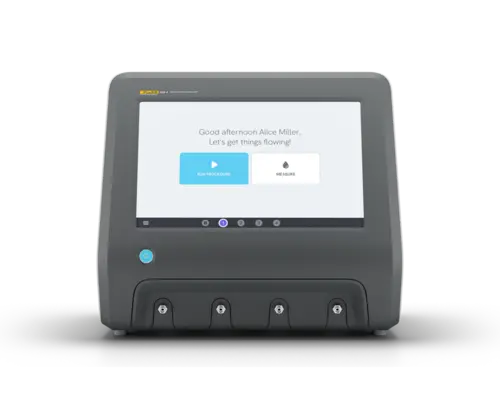Testing infusion devices - Part II
In part one of this infusion pump testing blog, we covered what an infusion device is, what they are used for, the risks of poor testing, points of probable failure and tests that should be conducted. In this blog, we are going to discuss other infusion pump test systems and the benefits of using an electronic analyzer.
When testing infusion pump devices there are other test systems besides the beaker and scale that will produce the same accurate results. For example, one can use a graduated burette and stopwatch, or an infusion device analyzer (one that incorporates and automates both the graduated burette and the stopwatch functionality).
As the name implies, a graduated cylinder or burette is a cylindrical glass (or plastic) tube sealed at one end with a calibrated scale etched or marked on the outside wall. Graduated cylinders come in a range of sizes (volume capacities), and much like a measuring cup, volume is measured by adding liquid to the cylinder and comparing the liquid level to the graduated scale. The measured volume corresponds to the volume of liquid contained in the cylinder.
It is very important to ensure that one is looking directly level with the meniscus of the liquid in the burette to determine the volume at the etched scale marking (Fig. 5).

It is also critical to start the stopwatch at the exact time the infusion pump begins its delivery of liquid.
Improper viewing of the meniscus or the need to interpolate between graduation markings, combined with any mismatch in timing between the infusion device and the stopwatch will result in errors in measurement.
Making sure, you understand the testing system, the medical device being tested, and managing sources of error properly, any of the systems described in this article should deliver appropriately accurate and repeatable test results to show that the infusion device under test is safe and effective for clinical use. There are, however, definite advantages to using an infusion device analyzer due to benefits associated beyond the measurement itself. Using an electronic analyzer ensures your tests are performed and documented accurately. Both are critical to patient safety. With manual methods, you risk making an error. You can never be sure how accurate your testing is. With an electronic analyzer, you are testing the same way consistently. Additionally an electronic analyzer allows you to mitigate risk by reducing the human error associated with testing, documenting and archiving your data in a standard electronic form for easy retrieval when needed.
If you are interested in learning more visit IDA-5 Infusion Device Analyzer to see how it simplifies the process by integrating the burette “graduating” it with IR sensors to measure the level of liquid infused, and uses electronic stopwatch function technology, among many other features and functions in its design. It is based on sophisticated measurement technology trusted by biomedical professionals around the world for over 20 years. The IDA-5 is a full-featured device that measures instantaneous flow, average flow, occlusion pressure and dual flow based on IEC60601-2-24. Measurements are continuously updated and stored so that graphs can be produced and displayed live to enhance the assessment of the performance of the infusion device under test.

Check out the IDA-5 Infusion Device Analyzer video or download the entire application note regarding testing infusion devices.


